The Canada Silage Inoculants Market has become an increasingly vital segment within the agricultural sector, driven by the need for improved feed preservation and enhanced livestock productivity. The competitive landscape in this market is characterized by a variety of players focusing on technological advancements and research-driven approaches to develop effective silage inoculants. Companies are keenly vying for market share through innovative solutions that cater to the growing demands of livestock producers aiming for high-quality nutrition.
Key strategies include product differentiation, strategic partnerships, and a strong focus on sustainability, enabling firms to meet the diverse needs of Canadian farmers and the evolving trends in silage management. Kemin Industries has established a formidable presence in the Canada Silage Inoculants Market, leveraging its extensive R&D capabilities and innovative product lines that enhance silage fermentation and stability. The company's strengths lie in its advanced formulations, which help preserve nutritional quality while reducing spoilage losses in silage.
Kemin Industries is recognized for its commitment to quality and scientific backing of its products, which resonate well with Canadian farmers seeking reliable solutions for livestock feed. This focus on quality, combined with a strong distribution network, allows Kemin to effectively cater to various segments within the market, thereby maintaining a strong competitive edge. BASF operates as a significant player in the Canada Silage Inoculants Market, delivering a portfolio of products designed to optimize silage quality and feed efficiency for livestock.
The company’s focus on innovation is reflected in its advanced inoculant formulations that assist farmers in achieving better fermentation outcomes and greater preservation of nutrients. BASF's strengths include a robust market presence bolstered by strong branding and a commitment to sustainability that appeals to environmentally conscious consumers. Additionally, BASF engages in strategic mergers and acquisitions to expand its capabilities and enhance product offerings in the region. This approach enables the company to stay at the forefront of the market while consistently meeting the evolving demands of Canadian agriculture with its key products and services.


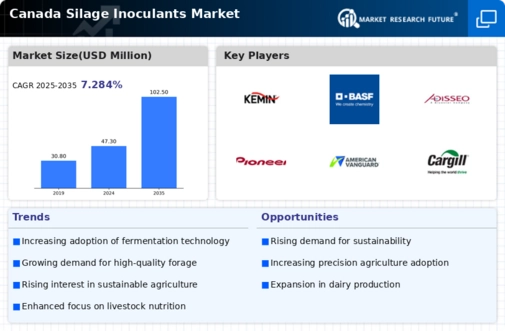
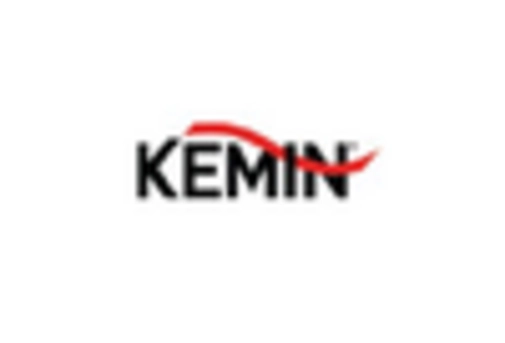
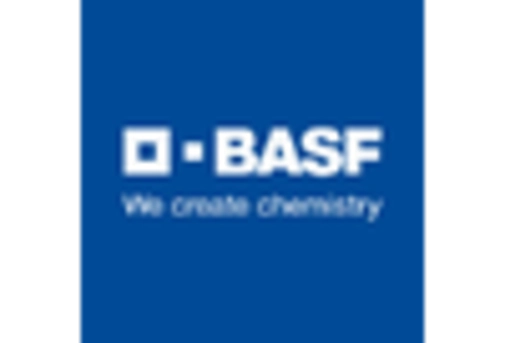


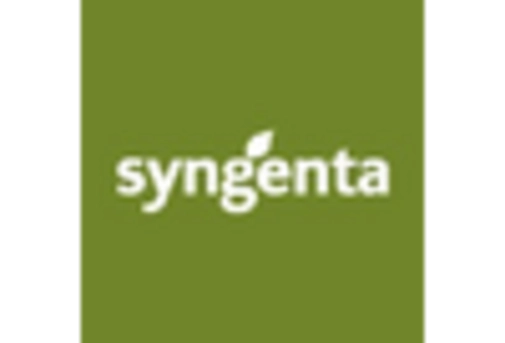
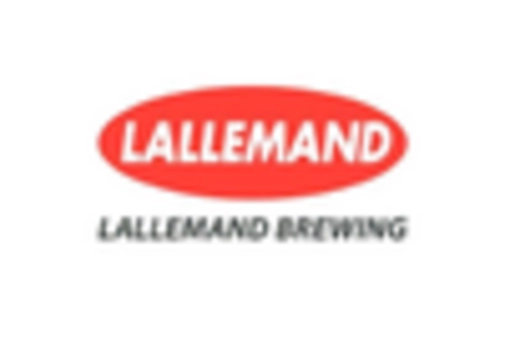
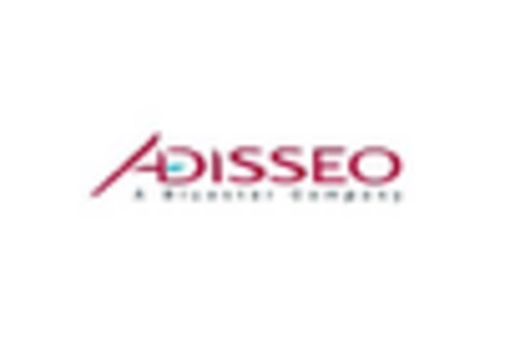
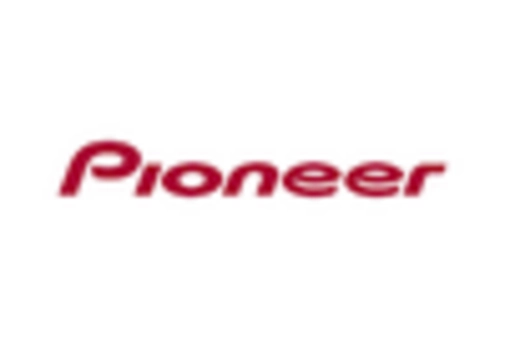
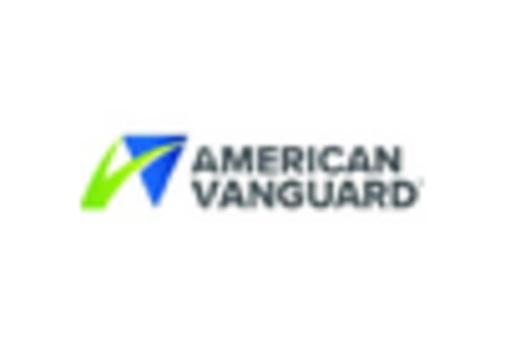
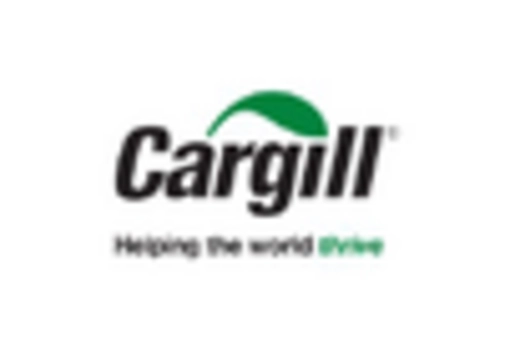








Leave a Comment